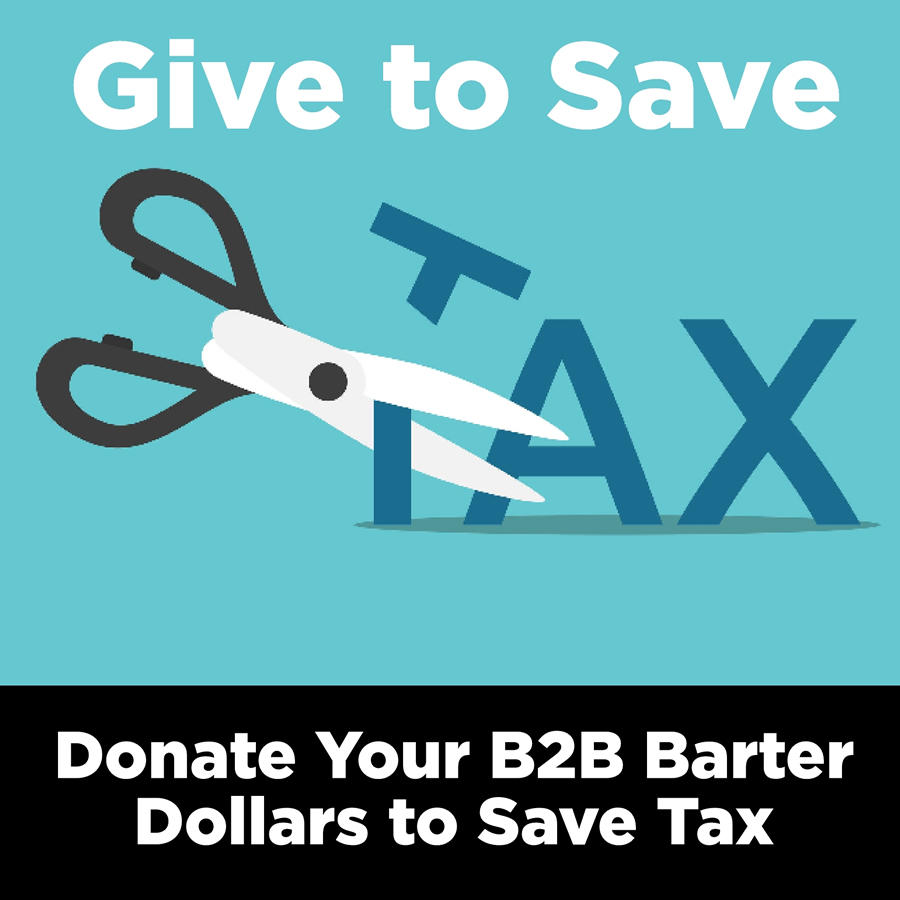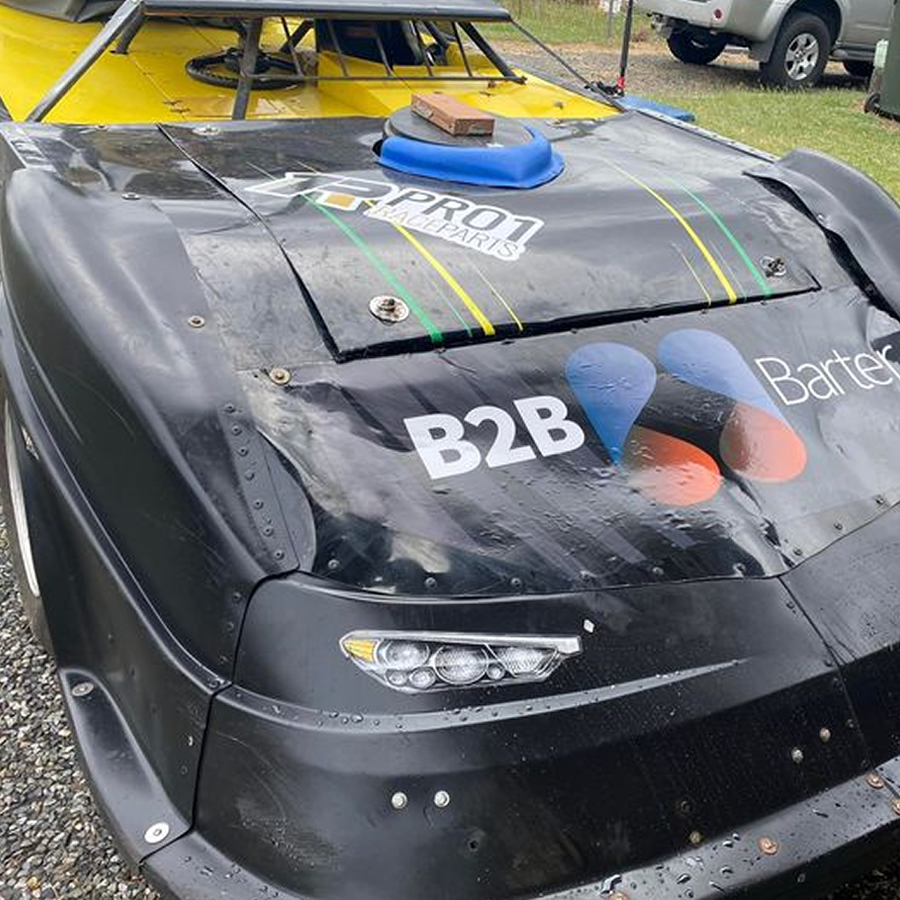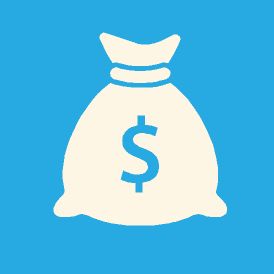Business utilisation is a concept that estimates spare or idle capacity within a business. Idle capacity is the remaining amount of capacity left in a company after productive capacity and protective capacity have been eliminated from consideration.
Example- A Restaurant- 50% Spare Capacity
We all know the story of a half full restaurant. You could say that the restaurant could be doing double the sales, if it could fill every table. By joining B2B Barter the restaurant may atttract a few more paying customers. So the extra costs in serving these additional customers is really just food and beverage (at cost), as the fixed overheads and staff time are already covered. Idle capacity- turned into revenue.
Example – Plumbing Service- 10 to 20% Spare Capacity
Most tradies are busy enough, but even a 10% under utilisation is still leaving money on the table. We all know that work expands to fill the time available for its completion. So our recommendation- keep all your wage earners fully utilised, and fill any slack periods with trade work. It’s a way to add 10% or more to your turnover.
Example – Retail- Sky’s the Limit
Retailers are in the perfect position to maximise the leverage bartering can bring. Retailers are not constrained by hours in a day, or number of staff to perform services. Sales can grow exponentially. The key to leveraged sales is knowing your buy price. If your cost of goods is 20% or less, selling items on trade is great business. If your cost of goods is 40%, perhaps selling with a 50% trade component still works well. However if your cost of goods is higher, you may need to revisit your business plan, find some new suppliers or talk to us about a change of business.







